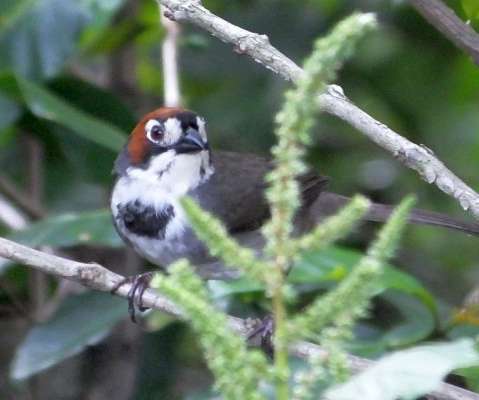Leaping Foxes
10,000 Birds
MAY 31, 2015
We call it a “mouse gradation year” I was not able to find a catchy English term for “gradation year” – it’s what happens when a certain species showing population cycles reaches a peak year. In German, if you are a rodent and you are smaller than – say – a human hand, you’re a mouse.















Let's personalize your content